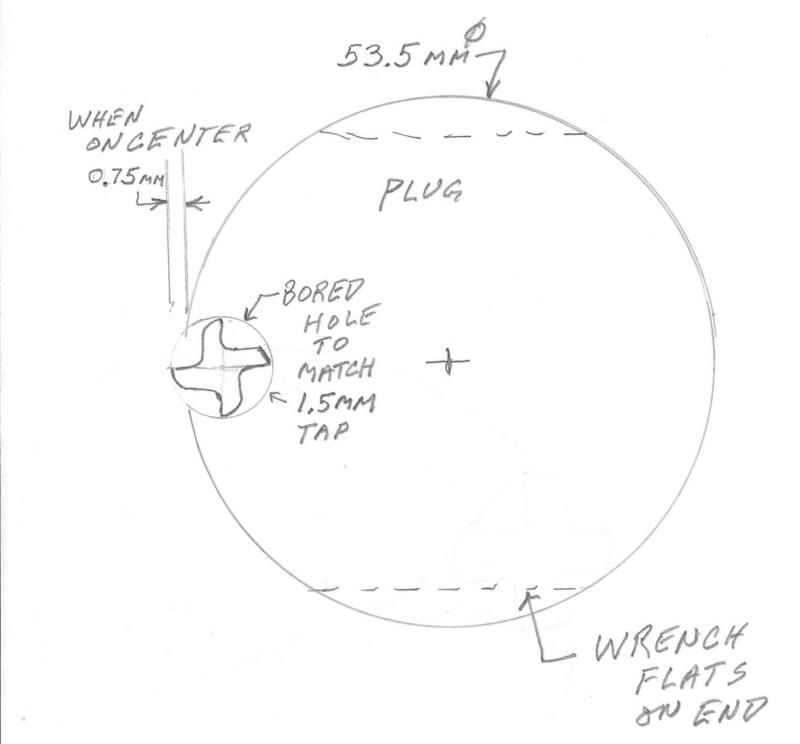So far no luck on a thread repair or tap for 55x1.5 (no surprise there). It is a good industrial Taiwanese lathe, but I'm not entirely sure it's on size. This weekend I'll likely make a slightly undersize threaded stub with an even smaller step to test a bit better. But my operating theory is that the whacks on the end upset the first few spindle threads enough to be a show stopper unless I can fix them. And I have to fix them well because that collar has to be removed/installed every time I need access to the belt drive.
It's not a totally unheard of thread (very typical of this application), and I've got feelers out for a tap, but probably have a better chance buying a few lottery tickets and hoping for a pay out big enough to buy the $300+ tap. Since it may be slightly undersize over all, and it may need material removed, a good tap is by far my best option, but cost prohibitive. So this only happens if I get double lucky. Find someone who actually has such a huge odd tap, and someone that's willing to loan it out to clean these threads up.
So, one idea was to get a piece of tool steel, preferably air hardening (probably doesn't actually matter) and cut a "tap". I put that in quotes because it won't have clearance relief, and probably won't have much if any rake, just a gullet to gather any minor debris and hold oil. Something more like a thread repair or "roll tap". It's far from ideal, but I was thinking to "flame harden" the leading (not cutting, more forming) edge with OA torch, and let the bulk of the body act as a heat sink to harden the surface, then use "very light straw" color tempering to help prevent premature fracture of the threads. Avoiding a sharp cutting edge (particularly with rake) should provide more tolerance on a successful heat treat hardness/temper too. Not ideal, but that's the limits of what I can practically bring to bear. Lots of work for something likely to end in failure, and I would have to buy the tool steel since I have nothing on hand even close to that size.
Another idea was suggested by a friend. Basically take whatever I've got on hand and turn theaded stub sort of like an adjustable OD die, but undersize with threads on the outside (again with some small flutes). Then, split and use a separator (like a pipe plug) to spread it open. Insert to the bottom of the threads, which should still be intact, and back it out, hopefully repairing threads as it goes. The problem is that without hardening it seems unlikely to do much. We also discussed using some compound to help finish out the threads, but again that assumes I can get them at least "almost there" mechanically. I'm thinking unlikely, particularly given that the hardened clutch collar won't even start to pick up the first thread. And again, a lot of work for something with a low chance of success.
I've already tried every jury-rigged attempt I could come up with. I really liked my old lever collet closer and thought that for the price I got the (JFK brand) lever setup (that should have just mounted right up) this was a pretty big win. But in the end I may resell the bulk and just build a hand wheel closer using the spindle nose bushing that fits perfectly. Not what I wanted, but is easily suitable for my actual needs. The lever setup was just a sort of luxury upgrade, but unless someone can suggest something that has a better chance of success, I'm starting to feel it's not worth the trouble (frankly, probably not worth what I've already invested in effort). But I still want it dang it!
Anything?
